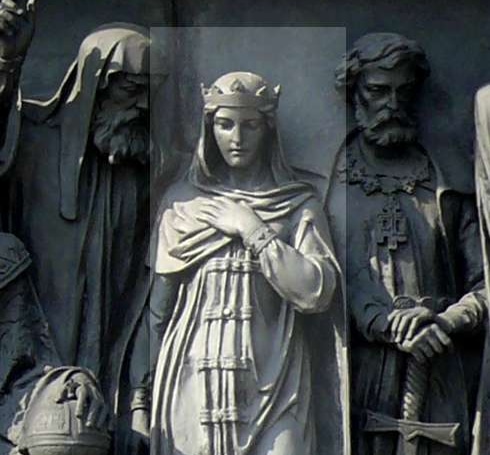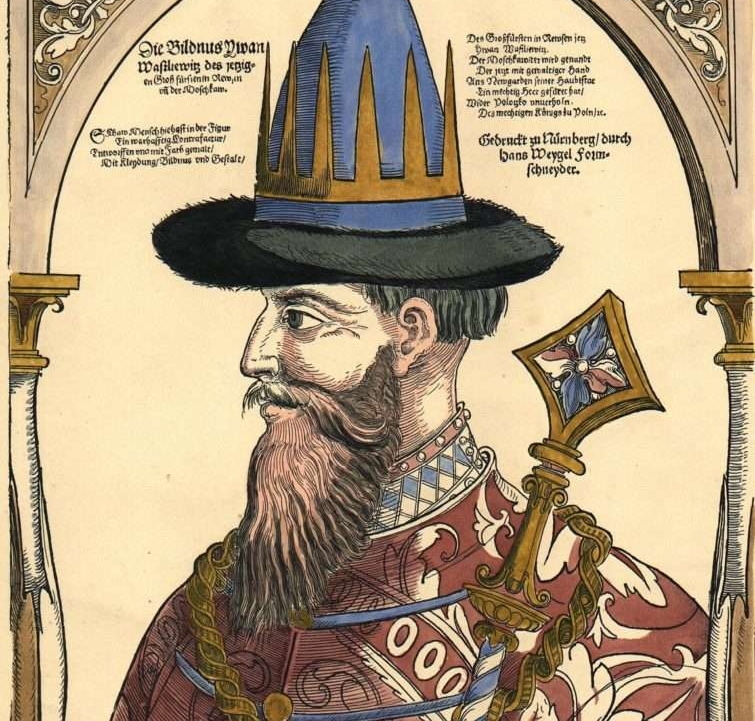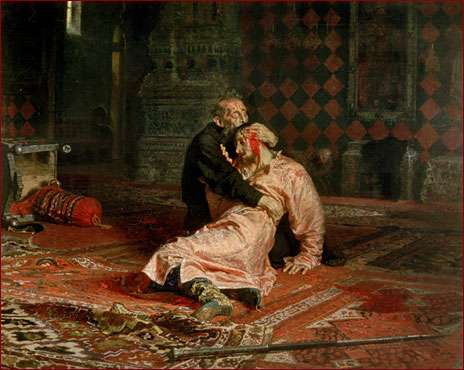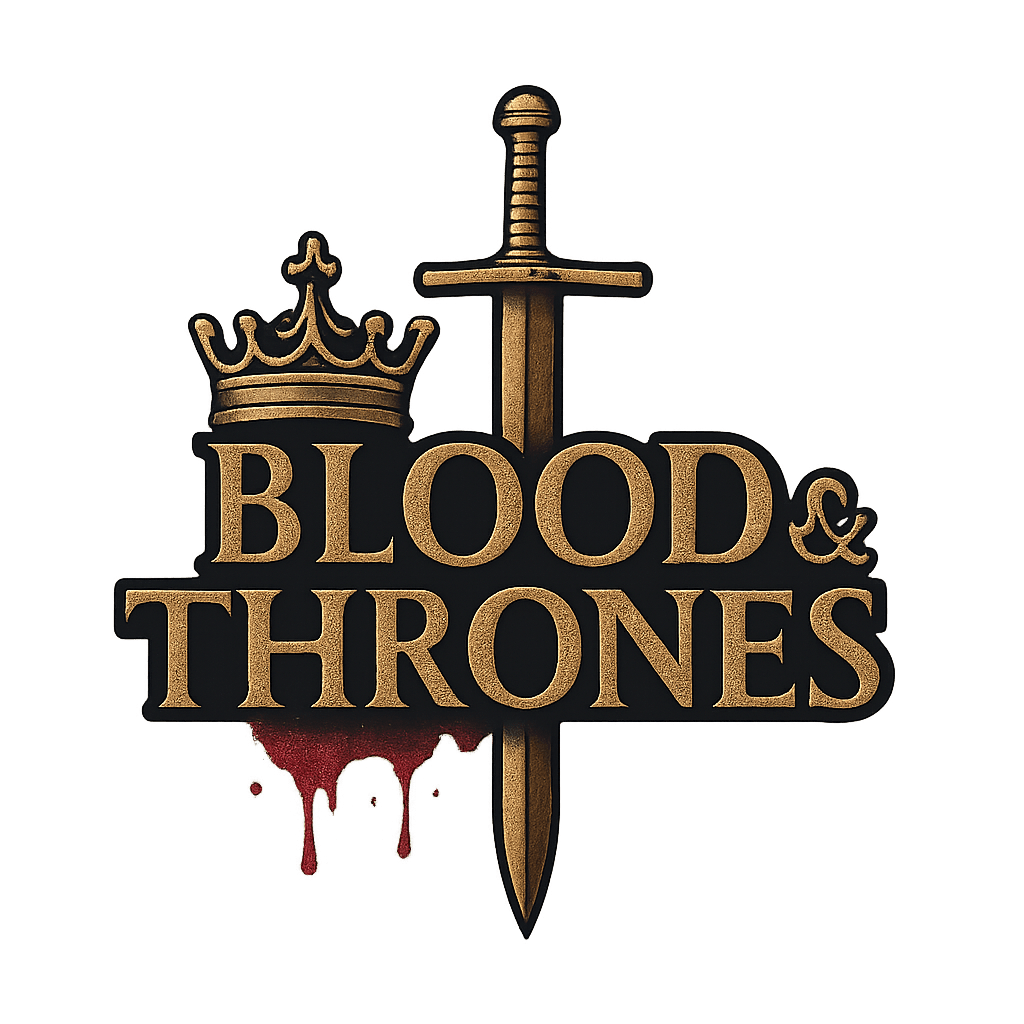
“Portrait of Ivan IV” by Viktor Vasnetsov (Public Domain)
Ivan IV (1530–1584), known as Ivan the Terrible, holds a uniquely dark and pivotal place in Russian history.
In 1547, he became the first ruler to be crowned “Tsar” of Russia, consolidating state power and launching wide-ranging reforms.
Yet his reign is equally remembered for bloodshed, purges, and terror.
How did Ivan carve a path so steeped in violence? Let us trace the fateful journey of this infamous autocrat.
【A Lonely Childhood and the Rise of the Tsar】

Ivory Throne of Ivan IV – Image via Wikipedia, c. Stan Shebs
Ivan IV was born in 1530 to Grand Prince Vasili III of Moscow and his wife Elena Glinskaya.
When his father died in 1533, Ivan inherited the throne at the age of just three. His mother served as regent, but her sudden death in 1538 left a power vacuum that plunged the court into chaos.
Rival boyar families fought for influence, while the young Ivan endured neglect, abuse, and constant fear of assassination.
Growing up in isolation and violence, Ivan developed an obsessive distrust of others and a deep desire for control.
At sixteen, in 1547, he was officially crowned as Tsar of All the Russias—not just a ruler, but a sovereign in the tradition of the Byzantine emperors.
Early in his reign, Ivan collaborated with the Church to enact legal and military reforms. These initial efforts earned him a reputation as a visionary young leader.
【The Death of Empress Anastasia】

Bronze statue of Anastasia Romanovna – Image via Wikipedia, c. Дар Ветер
Ivan’s early rule was stabilized in large part thanks to his first wife, Anastasia Romanovna.
Known for her gentle and thoughtful nature, she helped temper Ivan’s impulsiveness and supported him in governance.
But her sudden death in 1560 shattered Ivan’s mental stability.
Convinced that she had been poisoned by boyars, Ivan descended into paranoia.
He began executing anyone he suspected of disloyalty, and violence became his default tool of governance.
Even loyal aides and clergy were not safe. Torture, exile, and execution became routine.
Thus began Ivan’s transformation—from reformist monarch to the tyrant known as the Terrible Tsar.
【The Reign of Terror and the Oprichnina】

Ivan IV (Public Domain)
In 1564, Ivan stunned the nation by abdicating the throne and leaving Moscow.
His withdrawal caused national panic. Clergy and citizens begged for his return.
Ivan agreed—but only if he were granted absolute power over a new entity: the Oprichnina.
This policy divided the country in two. One half remained under traditional rule, while the other became Ivan’s personal domain.
To enforce it, he created a personal guard—the Oprichniki.

Oprichniki (Public Domain)
Dressed in black and riding horses adorned with dog heads and brooms, the Oprichniki symbolized Ivan’s ruthless justice: to sniff out and sweep away traitors.
They carried out brutal purges, often executing entire families and seizing their estates.
Ivan actively participated in the violence. He personally ordered the executions of former allies, like Prince Shuisky and his son, accusing them of treason.
The father was beheaded before his son’s eyes; the son followed moments later.
Other nobles, such as Shchevilev, were tortured to death, while officials like Finance Minister Tyutin were slaughtered along with their families.

Citizens fleeing the arrival of the Oprichniki (Public Domain)
In 1570, the terror culminated in the Massacre of Novgorod.
Novgorod, a prosperous trade city linked to Lithuania and Sweden, had grown restless under the Oprichniki’s rule.
Ivan interpreted this as treason and launched a punitive expedition.
Villages were razed en route. Upon reaching Novgorod, Ivan’s forces sealed off the city.
For over a month, mass executions were carried out.
Estimates vary, but casualties may have reached tens of thousands.
Even after returning to Moscow, Ivan continued to purge alleged conspirators, including his trusted advisor Vyazemsky.
Despite once serving as Ivan’s food taster, Vyazemsky was publicly executed on the Tsar’s orders.
By now, all of Russia was gripped by a regime of fear and violence.
【A Tragedy Born of Violence】

“Ivan the Terrible and His Son Ivan” by Ilya Repin (Public Domain)
Ultimately, Ivan’s cruelty consumed his own family.
His heir, Tsarevich Ivan Ivanovich, inherited his father’s brutality. He often attended executions and seemed to revel in the violence.
But in one tragic incident, the elder Ivan beat his pregnant daughter-in-law, Elena, for wearing what he deemed improper attire.
His son intervened.
Enraged by the defiance, Ivan struck his son repeatedly with a staff tipped with iron.
When he came to his senses, his son lay unconscious, skull crushed.
Four days later, the young Tsarevich died. Elena miscarried and later died as well.
From that point, Ivan was plagued by insomnia and physical decay.
His skin rotted. A foul odor clung to him. The former titan of Russian politics had become a broken man.
On March 8, 1584, Ivan IV collapsed during a game of chess and died quietly at the age of 53.
His reign was one of bloodshed and fear, yet it laid the foundations for the autocratic Tsarist state.
The Romanov dynasty inherited the centralized power and territorial gains he had built.
Ivan’s legacy remains controversial. While he is remembered as a monstrous tyrant, he also reshaped Russia into a more cohesive empire.
The shadow of terror he cast still looms over Russian history—and over the modern state it helped forge.
Sources:
Encyclopedia of Forbidden Love in World History by Misao Kiryu, et al.


